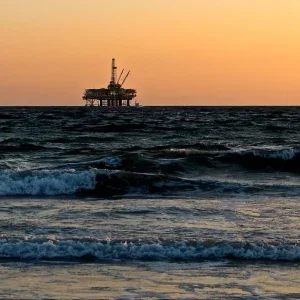
Italy-based Prysmian Group has been selected by RWE Renewables to develop a turn-key high voltage submarine and land export cable connection worth more than €200m for the 1.4GW Sofia Offshore Wind Farm project in the North Sea.
The Italian firm and RWE have inked a preferred bidder agreement, which is subject to final negotiations and RWE’s final investment decision of the project.
The project, located 195km from the nearest point on UK’s North East coast, is touted to be RWE’s largest single offshore wind project under development till date and farthest from shore.
When operational in 2025, Sofia Offshore Wind Farm project will generate enough renewable energy to power more than 1.2 million homes.
Prysmian stated that the signing of the contract and notice to proceed are expected to take place in the first quarter of 2021.
Under the contract, Prysmian will design, supply, and install and commission a high voltage direct current (HVDC) cable system that will connect Sofia’s offshore converter station with the onshore converter station in Teesside.
The scope of the project will include more than 440km of ±320kV submarine export cables with XLPE insulation, and 15km of ±320kV land cables with P-Laser insulation.
Prysmian stated that its centre of excellence in Pikkala, Finland will produce the submarine cables and its Gron plant in France will manufacture the land cables.
Furthermore, the Italian firm will deploy its cable-laying vessel, Leonardo da Vinci, to carry out the installation work.
The project is scheduled to be commissioned in late 2024.
Prysmian Projects BU executive vice president Hakan Ozmen said: “We are honoured to support RWE Renewables in this important offshore wind project, providing our state-of-the-art cable technology to support UK’s sustainable energy system towards the country’s net-zero emission target.
“The development of grid infrastructures for the transmission and distribution of electric power from renewable sources is strategically important, and positions Prysmian as the leading company for the energy transition.”






